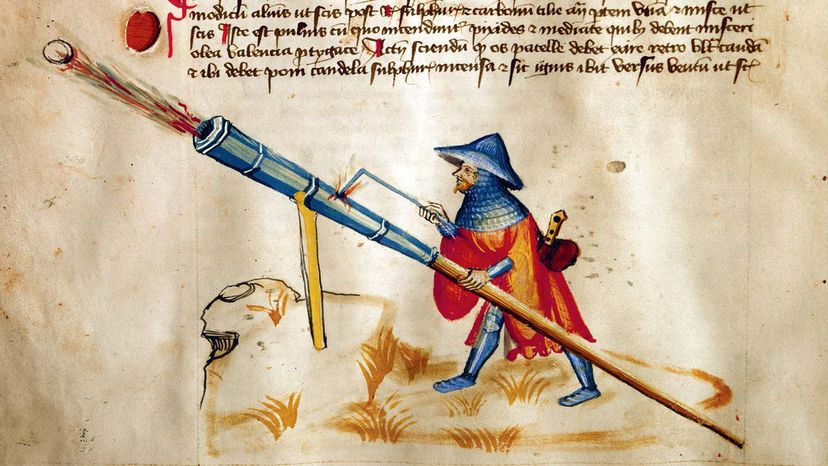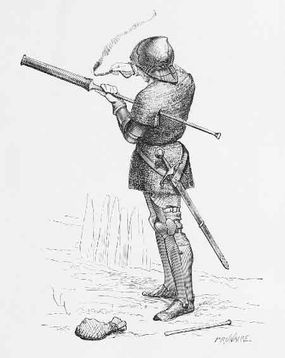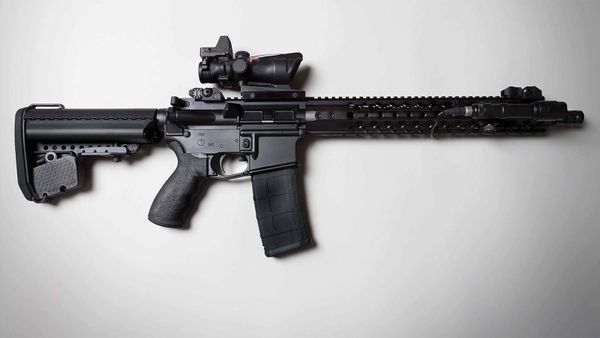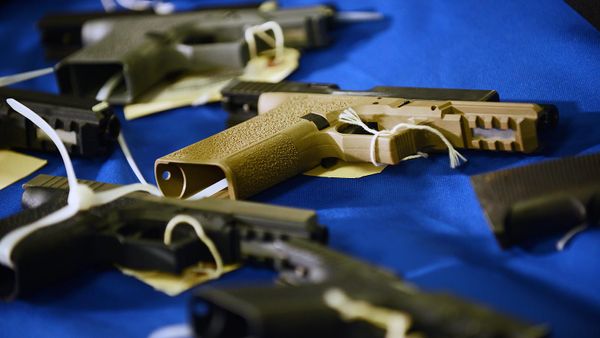The Chinese fire-spurting lances are a far cry from the guns used today. Here's how some of the best known modern guns came to be.
Revolvers
Revolvers are pistols that can fire multiple bullets without reloading. Although the basic design dates back to the 17th century, revolvers only took off when Samuel Colt produced his version in 1835.
Colt used interchangeable parts to manufacture his firearms, which helped his pistols become the most widely used in the U.S. Civil War (1861–65).
Machine Guns
During the U.S. Civil War, soldiers used an early machine gun known as a Gatling gun. Invented in 1862 by Richard Jordan Gatling, the Gatling gun used a hand-crank mechanism to shoot rapid-fire.
The invention of smokeless gunpowder led to the development of the Maxim gun by Hiram Maxim in 1884. Unlike hand-cranked Gatling guns, Maxim guns were recoil-operated and famously used in conflicts including the Spanish-American War (1898) and the South African Boer War (1899–1902).
Maxim-style guns remained popular during both World Wars, but the assault rifle eventually replaced them.
Assault Rifles
Assault rifles can switch between automatic and semiautomatic firing. German inventor Hugo Schmeisser developed the first assault rifle during World War II, the "sturmgewehr" (“assault rifle”) 44.
Later in the Second World War, Russian inventor Mikhail Timofeyevich Kalashnikov developed the now-famous AK-47. (AK stands for “automatic Kalashnikov.”)



